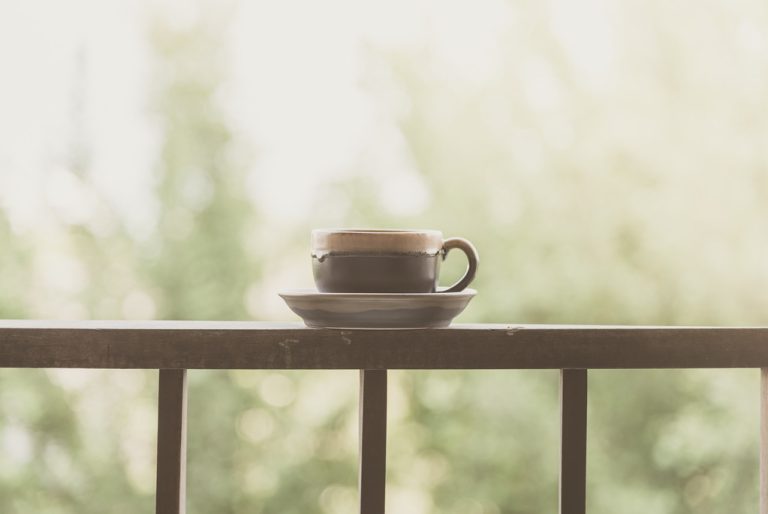Coffee is one of the most popular drinks worldwide. Its alcoholic relative, the coffee liqueur, is of course also very popular.

As tasty as a classic coffee and as strong as an alcoholic cocktail. Exactly the right liqueurs for coffee drinkers.
The difference between the two drinks comes down to the different base ingredients. Coffee is prepared with the help of water, while coffee liqueurs consist largely of ethyl alcohol. However, the coffee aromas hardly differ from each other and only vary between the individual beverage types. Coffee liqueurs can be found in almost all bars and restaurants. In addition, they are also happy to make them themselves for their own use.
With a coffee liqueur we combine an enjoyable and sweet drink. The taste-intensive content convinces with strong coffee aromas and a sometimes high alcohol content. The latter is usually between 15 and 40 percent by volume. So there is something for everyone, from light schnapps to strong liqueurs. The composition of a coffee liqueur consists of:
ethyl alcohol,
added sugar,
lots of water and of course
different coffee flavors.
Depending on the mixture, this results in a more or less strong alcoholic drink. Coffee liqueurs are enjoyed and drunk a lot – the sweet taste of sugar in particular tempts us to enjoy tasty moments. Whether as a classic liqueur for in between or as a beverage additive for fruity drinks and coffee. The coffee liqueurs can be used in many ways and sweeten any drink. A coffee liqueur also serves as a basic ingredient for many cocktails. With an infinite number of coffee aromas, numerous versions can be created and great flavors designed.
The History of Coffee Liqueurs
The term liqueur comes from the Italian and means liquid. The drink also has its origins in Italy. The scholastic doctor, pharmacist and chemist Arnoldus Villanovanus brought the recipe for liqueurs back to France from a crusade at the end of the 13th century. Based on this recipe, he tried out different mixtures and ingredients. Since sugar was considered a luxury and not available in large quantities, he used sweet honey instead. Using alcohol, water and various aromas, he then put together many different types of liqueur. Initially, the liqueurs were not intended to be used as a stimulant at all, but as a remedy for his patients. This use did not change over the next few centuries, since sugar was still very rare and commercial use of liqueurs was hardly affordable. Only nobles and rich citizens benefit from the enjoyable drinks and enjoyed the alcoholic effect. The development of the coffee liqueur then took its course at the latest in the 19th century and found its way throughout Europe.
Initially, the liqueurs were not intended to be used as a stimulant at all, but as a remedy for his patients.
The best-known representatives of coffee liqueurs are Kahlúa from Mexico and Tia Maria from Jamaica. Other popular varieties include the Giffard, Bols and De Kuyper brands. The alcoholic base is often white rum. Depending on the coffee liqueur and the preparation, the coffee is processed differently. With Kahlúa Arabica, for example, the coffee is processed into an extract by percolation and then mixed with alcohol. Additional flavors such as vanilla and strawberry give the coffee liqueur an even more intense taste. There are hardly any limits to the variety of production and everyone can choose an individual taste and alcohol content.

